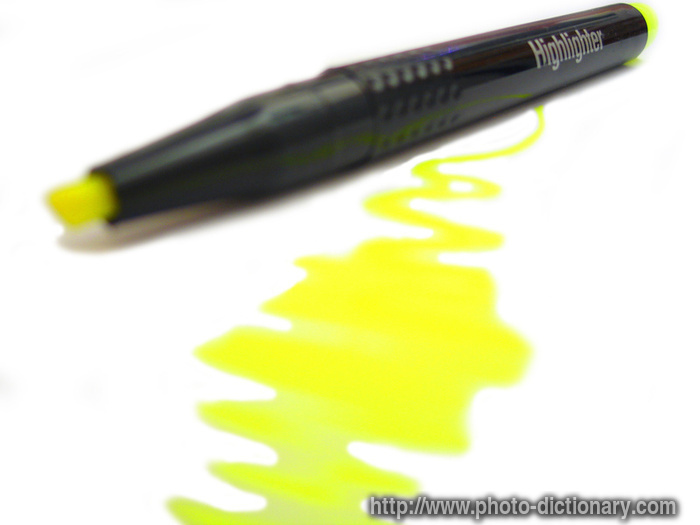 In preparation for my upcoming tutorial, I have provided a little insight into highlighting using blending techniques. First of all, highlights are a great way to really bring out all the details on your model and catches the attention of anyone watching.
In preparation for my upcoming tutorial, I have provided a little insight into highlighting using blending techniques. First of all, highlights are a great way to really bring out all the details on your model and catches the attention of anyone watching. It also makes it look more 3D-ish and realistic.
There are two main types of highlighting:edge highlighting and gradual (blending) highlighting. Edge highlighting is quicker and more simple than blend highlighting. It provides easy highlighting to people who aren't bothered with the more advanced techniques. It can look great and is quite useful. Here is an example of a model which has the edge highlighting applied to it:

From Council of 13
This looks good but I personally use the blending method. It is a bit more advanced but I think it can provide more realistic detail to a model. It take more time and effort but I reckon it is worth it for those who prefer this method. Here's an example:

From Bell of Lost Souls
I will unfortunately not be doing tutorials for both techniques, though there may be some in the future...Here is a makeshift tutorial on how blending works:
Ok, so grab your base coat, preferably a dark one like this brown here.
Mix a little bit of a lighter colour into the paint you used for the base coat. In this case, a rusty brown. Now mix a little bit of water into the mixture and apply, making sure that the transition from rusty brown to dark brown is smooth (i know it's not in this picture!). In this example, the left hand side is receiving the 'light' whilst the right hand side is receiving shadows. So from the left hand side, apply your paint. You then wipe, or take off some of that paint onto a towel or something and continue into the right hand side. As you reach the right hand side, gradually take off more paint and apply light brushstrokes. Slow and steady wins the race.
Similarly, take a lighter shade of paint and mix it into your mixture. You then use the above technique, making sure that this time you leave some of the previous shade behind in a smooth transition.
Again do the same but with a lighter shade.
At this point, you can clean up any problems you may have encountered. Here, I made the shadows a little lighter and blended some ugly lines in.
I know this wasn't the best tutorial but I hope it was helpful anyway. This technique does take some practise so don't panic if it doesn't turn out the way you wanted it to. Just make sure you allow a nice transition from light to dark.






No comments:
Post a Comment